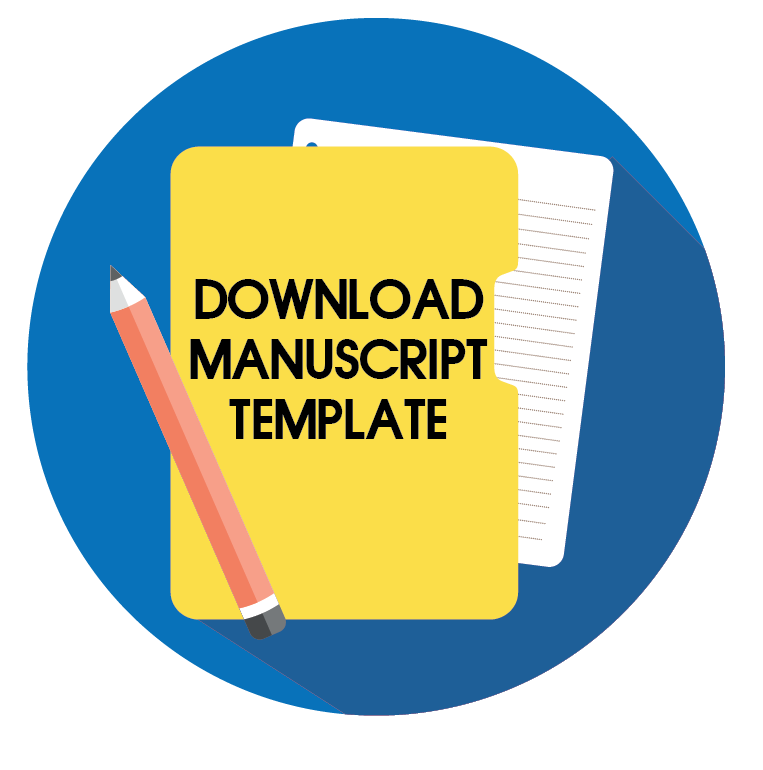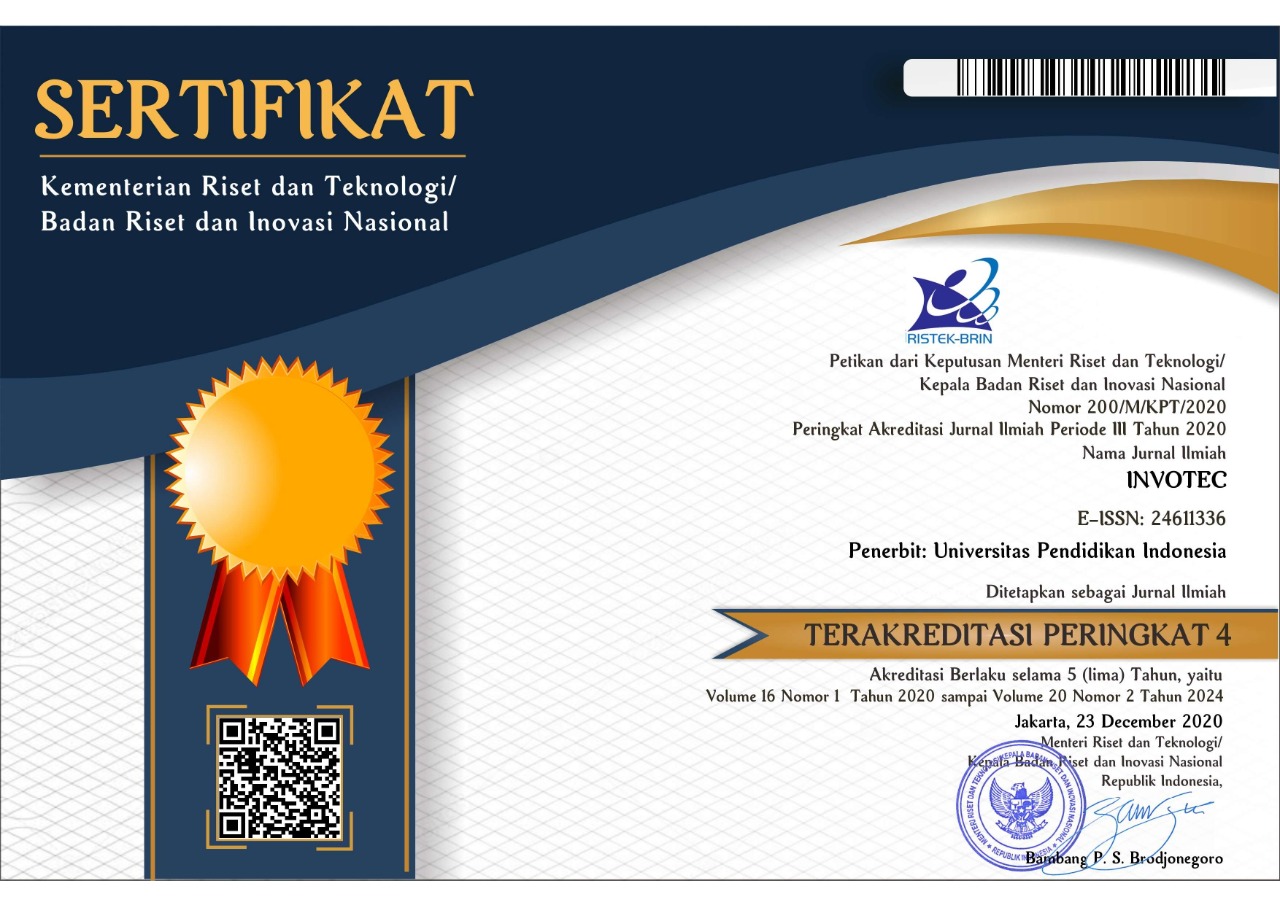Educational Program Evaluation using CIPP Model
Abstract
Full Text:
PDFReferences
Arikunto, Suharsimi. (2013). Manajemenpenelitian. Jakarta: PT. RinekaCipta.
Ajit Kumar, N. S. (2011). Criteria for evaluating the quality of a question paper [printed version]. Journal of Technical Education and Training, 3, 59-64.
Dharma, et.al. (2013). Tantangan guru SMK abad 21. Jakarta:Direktorat Pembinaan Pendidik dan Tenaga Kependidikan Pendidikan Menengah, Direktorat Pendidikan Menengah, Kementerian Pendidikan dan Kebudayaan.
Government Regulation Number 19 Year 2005 on National Education Standards.
Griffin, P., & Peter, N. (1991). Education assessment and reporting. Sidney: Harcourt Brace Javanovich Publisher.
Hadley, R. G.,& Mitchell, L. K. (1994).Counseling research and program evaluation (1st Ed.). California: Brooks Cole.
Law Number 20 Year 2003 on National Education System.
Mertens, D. M. (2009). Transformative research and evaluation. New York: Guilford.
Mehrens, W. A., & Lehman, J. J. (1984). Measurement and evaluation: in education and phychology. New York: Holt, Rinehart and Winston Inc.
Mathison, S. (Ed.). (2005). Encyclopedia of evaluation. Thousand Oaks, California: SAGE Publications, Inc.
Stufflebeam, D.L. & Shinkfield, A.J. (1985). Systematic evaluation:aself-instructional guide to theory and practice. Kluwer-Nijholf Publishing.
Trochim, W. M. (2006). Theresearch methods knowledge base (2nd Ed). Ithaya, New York: Author. (http://www.socialresearchmethods.net/kb/), rethieved April 1st, 2015.
The CIPP model of evaluation. (2015).(https://www.google.co.id/search?hl=en&site=imghp&tbm=isch&source=hp&biw=1056&bih=505&q=cipp+model&oq=CIPP+M&gs_l=img.3.0.0l5j0i8i30j0i30l3j0i24.2800.4381.0.8166.6.6.0.0.0.0.396.1009.2-1j2.3.0....0...1ac.1.64.img..3.3.1008.OBdj30okL8Q), rethieved July7th, 2015.
The CIPP evaluation model. (2015). (http://www.cglrc.cgiar.org/icraf/toolkit/The_CIPP_evaluation_model.htm),rethieved October16th, 2015.
United Nations Development Programme (UNDP). (2006). Handbook on monitoring and evaluating for results. New York: Author.
Worthen, B. R. & Sanders, J. R. (1973). Educational evaluation: theory and practice. Belmort, California: Wadswort Publishing Inc.
Wholey, J. S., Hatry, H. P., Newcomer, K. E. (1994). Handbook of practical program evaluation. San Francisco: Jossey-Bass Publishers.
DOI: https://doi.org/10.17509/invotec.v12i1.4502
Refbacks
- There are currently no refbacks.
Copyright (c) 2016 The International Journal of Technical and Vocational Education
This journal provides immediate open access to its content on the principle that making research freely available to the public supports a greater global exchange of knowledge.

This work is licensed under a Lisensi Creative Commons Atribusi-BerbagiSerupa 4.0 Internasional.


